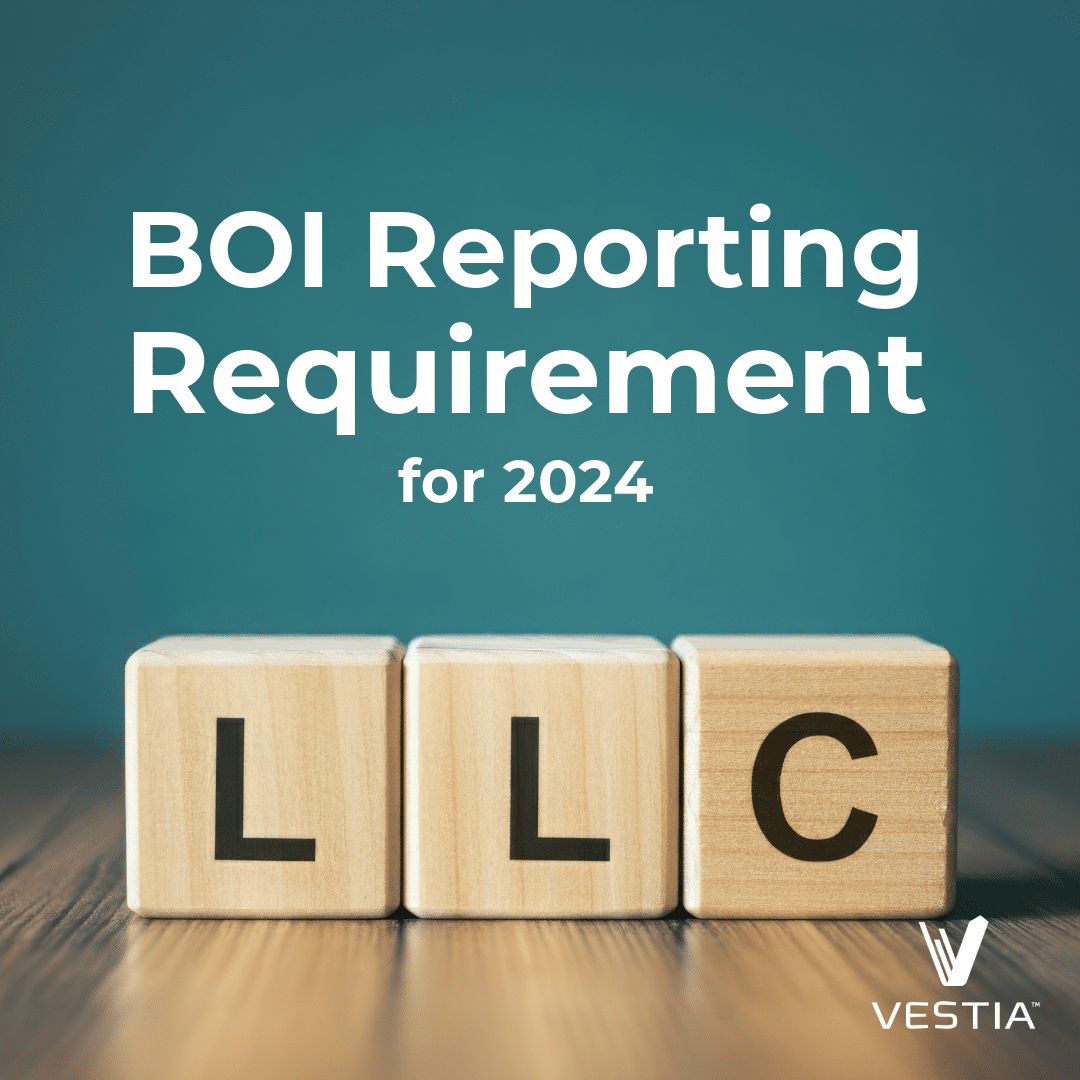Owning a business means you may have creative ways to help save for your kids’ education.
With the average cost of tuition tipping $35,000 per year, saving early and consistently is the best way to meet your future goals. Let’s look at how medical practice owners can start saving for their children’s college expenses.
Save In a 529 Plan
A 529 plan is a state-sponsored education vehicle that operates similarly to a Roth 410(k) or Roth IRA. With a 529 plan, you contribute with after-tax dollars, funds grow tax-free, and distributions for qualified education expenses remain tax-free.
This type of savings vehicle has no annual limit, but contributions must stay within the gift tax limit of $16,000 for 2022 if you don’t want to report them to the IRS. Most also have lifetime limits of around $500,000—the actual amount depends on the state.
529 Plans come in two flavors—college savings plans and prepaid tuition plans. A prepaid tuition plan allows you to pay for future college tuition at today’s rates. In contrast, a college savings plan lets you invest the funds and enjoy the benefits of compound interest for qualified costs at any school your child chooses.
College savings plans tend to be more popular largely because investments earn interest, and you can use the funds for all qualifying college costs, including room and board. With a prepaid tuition plan, you’re limited to tuition and other mandatory fees.
Fun fact: You don’t have to use your state’s 529 (though some offer tax incentives for doing so). In general, if your state charges income tax and there is a benefit for contributing to a 529 plan, it may be best to contribute you your state’s 529 plan.
Why Use 529 Plans?
529 plans are popular because of their flexibility. First, it’s quite simple to change the beneficiary on this account. If, for example, you saved too much, you can alter the beneficiary to another child or relative.
There’s also a way to contribute above and beyond the annual gift tax rules. With this plan, you may invest 5 years’ worth of contributions as a lump sum, or $80,000 in 2022, at once if you wish. However, if you go this route, keep in mind that you won’t be able to contribute for the next 5 years.
Say the funds in the 529 covered most but not all of your child’s education costs, and they had to take out a loan. If there’s still money in the account, they can use up to $10,000 to help repay the loan.
If you’d also like to save for early education, parents can use $10,000 per year for K-12 education.
Open A Custodial Account
Another great way to save on behalf of a minor is through a custodial account.
A custodial account is a taxable trust that an adult controls for a minor. Once the child turns 18 or 21 years old (state depending), they can access and manage the account independently.
There are two forms of custodial accounts—the Uniform Gift to Minors Act (UGMA) and the Uniform Transfers to Minors Act (UTMA).
UTMA accounts can hold practically any kind of asset, including real estate, collectibles, or artwork. UGMA accounts are limited to financial assets such as cash, stocks, bonds, or annuities.
Custodial accounts have many advantages for medical practice owners:
- They are flexible. You can invest $16,000 per year. Anything over violates the gift tax, and you’ll have to report the gift to the IRS. Unlike 529 plans, there are no lifetime contribution limits.
- You’ll enjoy tax savings. A portion of the funds are tax-free, others are taxed at the child tax rate, and the rest at the parent’s tax rate.
- You can make withdrawals at any time. If the beneficiary is still a minor, the withdrawal has to go directly to them.
- Money in the account doesn’t have to only be for tuition. Custodial accounts don’t come with spending restrictions as a 529 plan does. You don’t have to use the funds to pay for college. So if your child’s car dies, you can use the funds for the repair.
The main disadvantage with custodial accounts is that the funds belong to the child, which means that once they turn 18, they could use the funds for college or a Playstation 5.
A custodial account can be a great, flexible option for medical practice owners to save for education expenses, but financial literacy is vital with this approach.
Put Your Child To Work
You might not have thought of hiring your child to save for college. But this can be an excellent way to get tax savings and increase your savings margin.
When you hire your child, you can write off their earnings and use the tax savings toward investing for school. If your child is under 18, they won’t have to worry about FICA or Medicare taxes—talk about significant savings.
You might be able to not worry about taxes altogether if your child earns less than $12,950, which is the standard deduction for 2022.
Perhaps they model in ads for the business (more on that later), work with you in filing and assisting, or show you how the whole social media thing works. Whatever their job, it’s important that you hire your child to do work comparable to the pay they’re getting.
What should your child do with the cash?
One way to invest their earnings is by opening a Roth IRA. You can put their profits in a Roth and watch the money grow tax-free for years. There’s no penalty for using Roth IRA funds for college, so you don’t have to worry about early withdrawal fees, though you’ll need to pay income tax on any earnings (not contributions).
Fun Tax Fact: If your small business has fewer than 100 employees, you don’t have to claim business income on FAFSA, which could increase financial aid eligibility.
Models and Roth IRAs: A Case Study
We worked with a self-employed doctor who wanted to help his children pay for college. The original plan was for this person to pay for college directly, but it was imperative to them that the children learn the valuable skills of hard work and earning what they get.
To do that, the doctor employed the children as models for advertisements and paid them for their work.
Then, our team showed him the value of placing those earned dollars away for the future and using them to fund Roth IRAs for each child—they could use that money for education, future home downpayment, starting a family, etc.
Our client chose to reward them by matching their annual Roth funding with a 529 contribution.
Create An Education Assistance Plan
Creating an education assistance plan is a unique college-saving avenue for medical practice owners.
This is a written plan that provides educational assistance for your employees. To qualify, you must follow the guidelines below:
- The program cannot provide more than 5% of its benefits during the year for shareholders or owners.
- Employees cannot receive cash or other benefits if they don’t opt into the educational assistance program.
- All eligible employees must receive reasonable notice of the program.
In an education assistance plan, you can contribute up to $5,250 per student per year and write it off as a business expense.
However, you must offer this to all employees, not just your kid. So this could end up being costly.
Where Do You Go From Here?
Saving for higher education is not a one-size-fits-all process—that’s why many options are available. At the end of the day, the right funding options come down to what’s best for you and your family.
Knowing that you can mix and match your child’s education savings journey is important. As you balance their needs with your own (retirement), you’ll likely tap different vehicles.
If you have questions about saving for higher education for your children, get in touch with our team at Vestia.
Disclosures
Investment advisory services offered through Vestia Personal Wealth Advisors, Vestia Retirement Plan Consultants, and Vestia Advisors, LLC. Securities offered through Ausdal Financial Partners, Inc., 5187 Utica Ridge Rd, Davenport, IA. 52807 (563)326-2064. Member FINRA/SIPC. Vestia Personal Wealth Advisors, Vestia Retirement Plan Consultants, Vestia Advisors, LLC, and Ausdal Financial Partners, Inc. are independently owned and operated.
This material is intended for informational purposes only. It should not be construed as legal or tax advice and is not intended to replace the advice of a qualified attorney or tax advisor. This information is not an offer or a solicitation to buy or sell securities. The information contained may have been compiled from third-party sources and is believed to be reliable.



